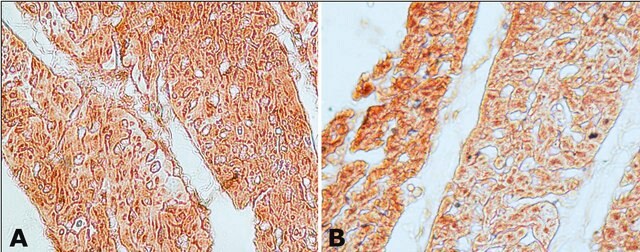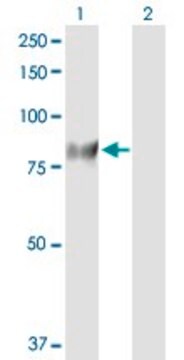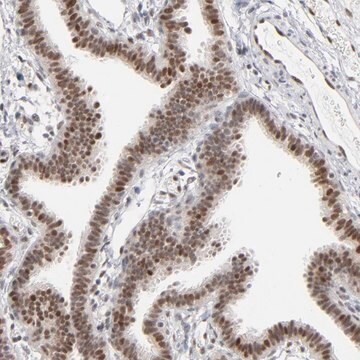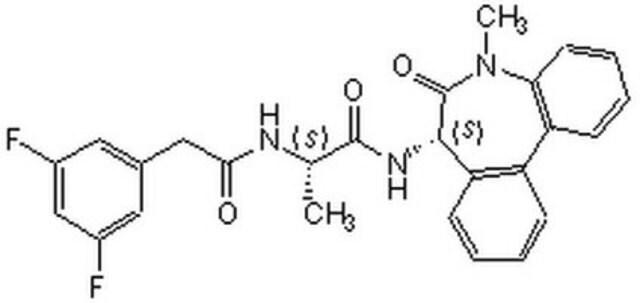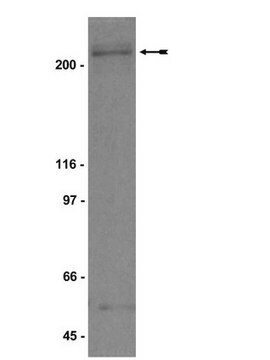추천 제품
생물학적 소스
rabbit
Quality Level
결합
unconjugated
항체 형태
IgG fraction of antiserum
항체 생산 유형
primary antibodies
클론
polyclonal
양식
buffered aqueous solution
분자량
~80 kDa
종 반응성
mouse, rat, human, bovine
포장
antibody small pack of 25 μL
향상된 검증
independent
Learn more about Antibody Enhanced Validation
기술
immunohistochemistry (formalin-fixed, paraffin-embedded sections): 1:100 using trypsin-treated human, bovine and mouse heart tissue
immunoprecipitation (IP): 5-10 μg using 60-120 μg of a cytosolic fraction of rat brain
western blot: 1:10,000 using cytosolic fraction of rat brain
배송 상태
dry ice
저장 온도
−20°C
타겟 번역 후 변형
unmodified
유전자 정보
human ... GUCY1A3(2982)
mouse ... Gucy1a3(60596)
rat ... Gucy1a3(497757)
일반 설명
면역원
애플리케이션
It was used as a primary antibody for immunohistochemical:
- localization of α1 subunits of sGC (soluble guanylate cyclase) in the guinea pig gastrointestinal tract
- detection of expression of sGC in the vasculature of rat skeletal muscle
- localization of the functional subunit of NO receptors, sGCα1 in guinea pig caecum
생화학적/생리학적 작용
물리적 형태
면책조항
적합한 제품을 찾을 수 없으신가요?
당사의 제품 선택기 도구.을(를) 시도해 보세요.
Storage Class Code
12 - Non Combustible Liquids
WGK
WGK 1
Flash Point (°F)
Not applicable
Flash Point (°C)
Not applicable
자사의 과학자팀은 생명 과학, 재료 과학, 화학 합성, 크로마토그래피, 분석 및 기타 많은 영역을 포함한 모든 과학 분야에 경험이 있습니다..
고객지원팀으로 연락바랍니다.
